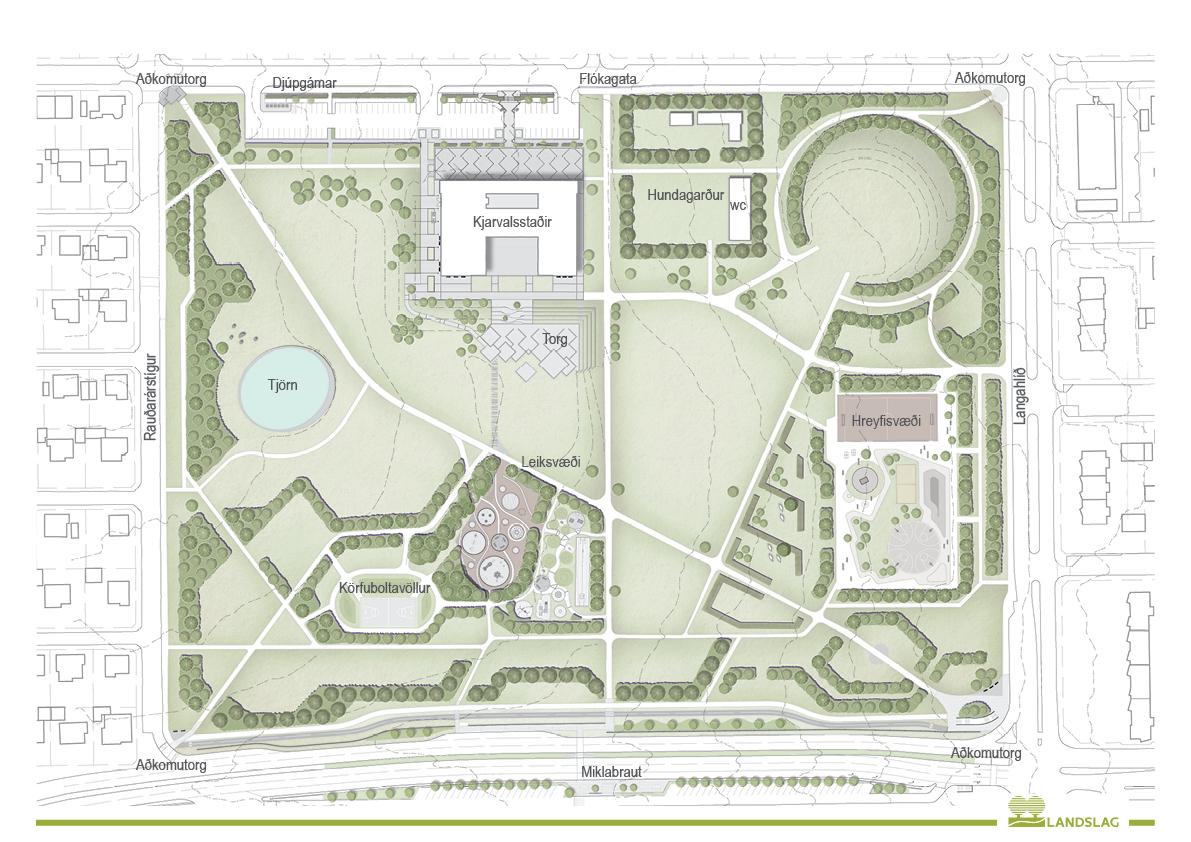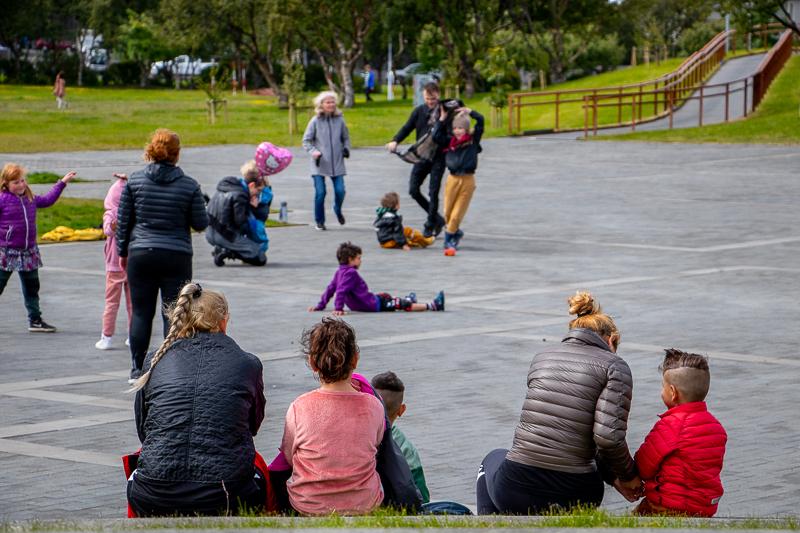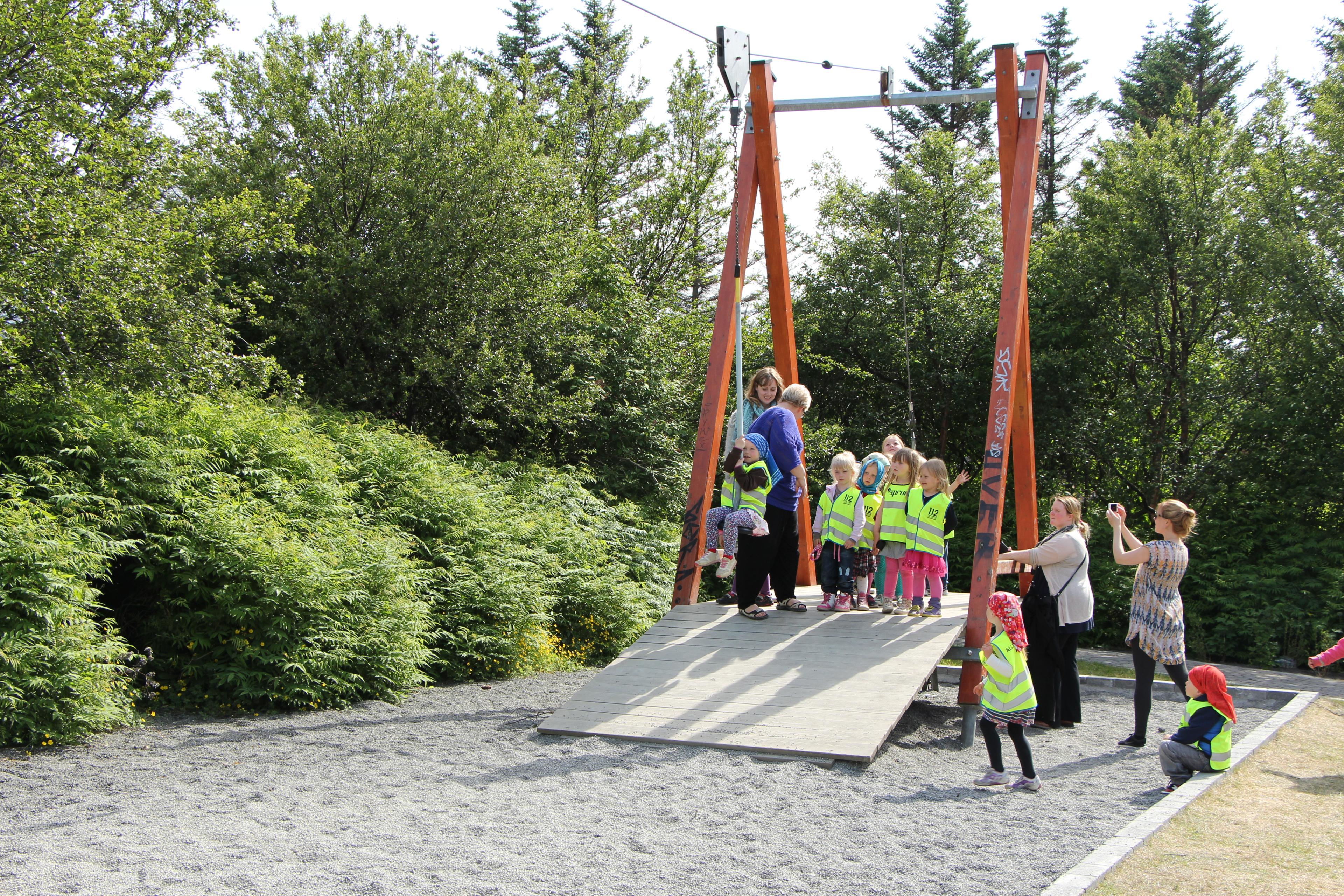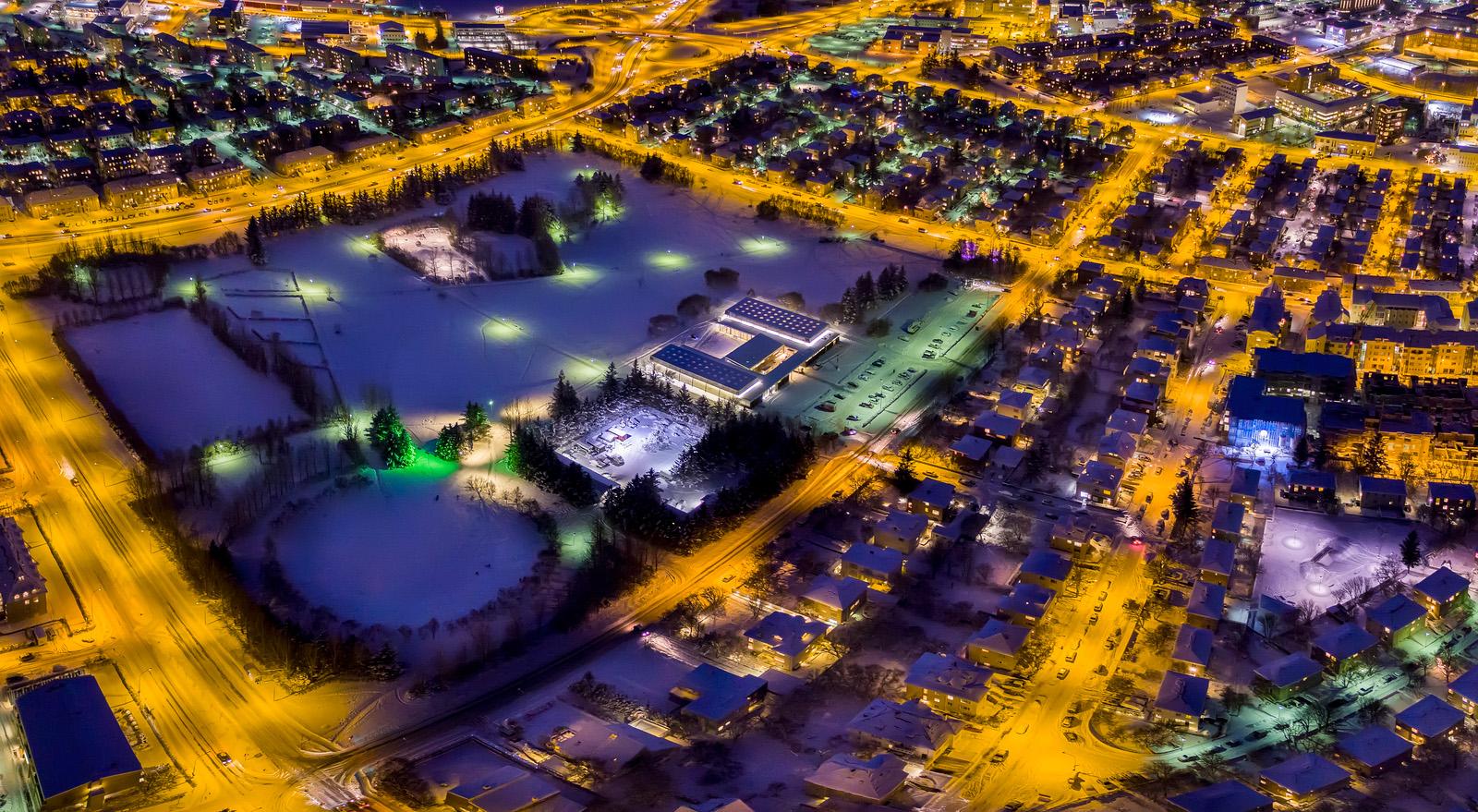Green initiatives in Hlíðar
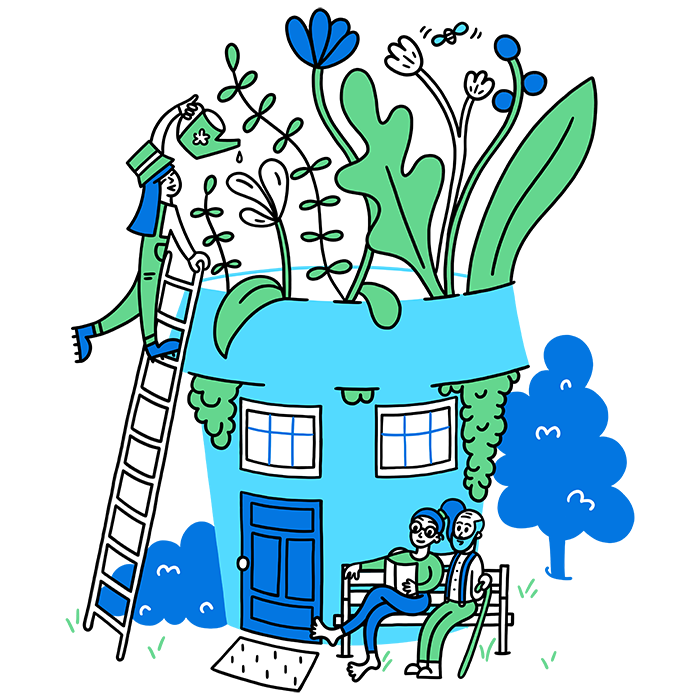
The neighborhood plan proposals emphasize strengthening and protecting Klambratún as one of the city's most important open spaces. Specific quiet areas are defined in the neighborhoods, provisions are made for urban farming, and permissions are granted for waste bin sheds and enclosures on properties. This makes it easier for residents to sort waste and place waste bins neatly.
Klambratún - a vital green space
Klambratún is one of the two most important green spaces in the district. The other is, of course, Öskjuhlíð. Klambratún is one of the most frequented public spaces in the city. The park is named after the farm Klömbrur, with the name Klambrar coming from the word 'klömbrur', meaning narrow passages. Klambratún was named Miklatún in the fall of 1964 and kept this name until 2010 when the name Klambratún was once again commonly used. The park has been an open space within the city ever since Norðurmýri and Hlíðar were built up in the early 20th century, but it did not formally become a public park until around 1964.
Neighborhood preservation
Klambratún is one of the largest public parks that was specifically designed as part of the City's municipal plan. Landscape architect Reynir Vilhjálmsson designed the park and emphasized an attractive space with multiple areas for diverse activities. Reynir's design has mostly been preserved, and in order to ensure its continuity and to protect this important green space in the neighborhood, it is proposed that the park be designated for neighborhood preservation.
Public toilets
In the area east of Kjarvalsstaðir Museum, where the work depot for horticulture has been located, it is expected that the extent of the operations will significantly decrease. It will be permitted to demolish the current structures on the site or repurpose them for enhanced services for park visitors, such as for public restrooms which have been in high demand.
Off-leash areas for dogs
Dog owners have been making good use of Klambratún in recent years. In recent months, there have been trials to permit off-leash dogs in a restricted area at specific times in the park. The neighborhood plan proposes to create an off-leash area for dogs on part of the site currently surrounding the work depot, which is soon to be vacated. The area will be demarcated so that our four-legged friends and their owners can enjoy a safe space away from other park visitors.
The ongoing development of Klambratún
In recent years, there have been construction and developments in Klambratún in line with the strategic planning made for the park, which takes into account Reynir Vilhjálmsson's original design. The play area has been expanded, and the park's focal point is a new leisure area and square installed south of Kjarvalsstaðir Museum. The design and material selection for the area reflects Kjarvalsstaðir Museum. Work will continue according to this strategic direction, which includes plans for a diversified activity area by the current mini-pitch and climbing stone. The area will be divided into various-sized zones for practicing diverse physical activities. Additionally, a pond is planned at the west end of the park to collect surface water, which can be used as a wading pool in the summer and for ice skating in the winter.
Klambratún
Waste bin enclosures and sheds on properties
Over the past few years, the demand for waste sorting has increased significantly, and the number of waste bins has grown at each house. In older neighborhoods, it is often difficult to meet these requirements with the existing housing infrastructure.
With the neighborhood plan, residents are authorized to build waste bin enclosures on their property to neatly accommodate waste bins and facilitate sorting. On large multi-unit residential property lots, you may build shared waste enclosures for the entire property or install underground containers if conditions allow.
These permissions not only benefit residents but can also facilitate and expedite waste collection in many places.
Quiet areas
The neighborhood plan emphasizes the identification of special quiet areas in all neighborhoods, where there should be shelters from noise pollution and other stimuli.
In the Háteigur neighborhood, there is provision for a quiet area in the green space in Rauðarárholt, between Meðalholt and Háteigsvegur. A quiet area in the neighborhood of Hlíðar will be designated in an open space between Grænahlíð and Hamrahlíð. These areas, or parts of them, need to be specifically designed with this and other uses in mind.
Urban farming
The neighborhood plan's provisions grant permissions for urban farming on properties. Guidelines for urban farming have also been published that can help residents take the first steps and give ideas.
In a 2022 vote among residents of Hlíðar, it was decided to develop facilities for urban farming on an open area south of Meðalholt. Such use of the area is compatible with designating a section of the area for quiet space. The neighborhood plan provisions anticipate increasing such spaces on municipal land.
